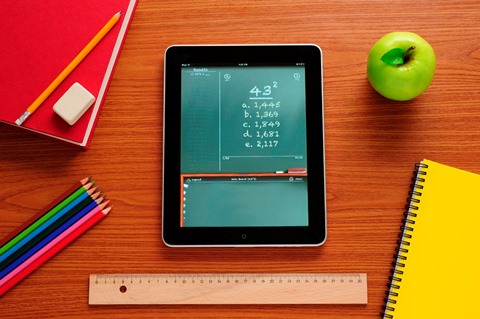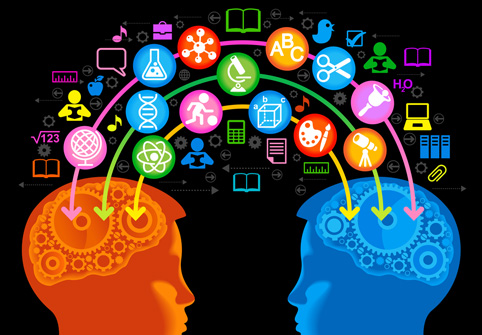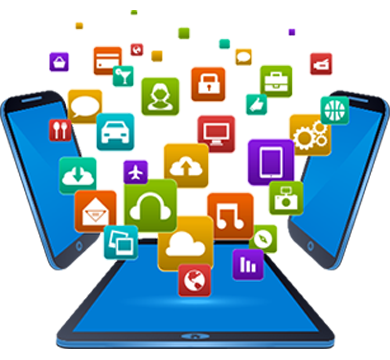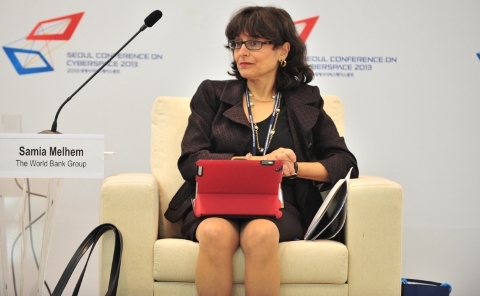- ICTpost Education Bureau
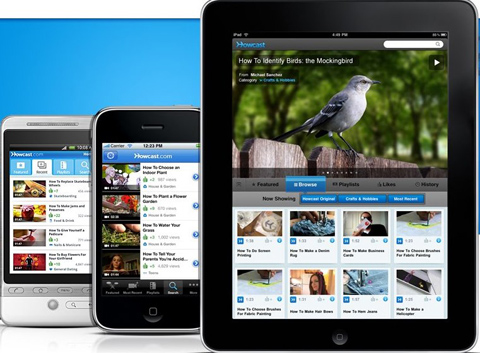
Tablets were supposed to be a simple alternative to the bloated personal computer market. And when “tablet” was synonymous with “iPad,” that was true. The India market — set to touch 7.3 million tablet units– remains a nascent but steadily growing market. The bulk of Indian tablet PC market, estimate experts, tilts in favor of Rs 15,000-Rs 20,000 tablet PCs and most of the share is hoarded between Samsung and Micromax .
The 7-inch category of tablets also includes products made by Indian firms HCL Infosystems Ltd., which makes ME tablets,? and United Telelinks Ltd. that sells the Karbonn brand of smartphones and tablets. The shipment of tablet computers to India jumped three-fold in the quarter from the previous three months to about 341,000, IDC says.
Do Tablets Really Improve Learning?
A small but growing number of researchers are uncovering evidence that readers are better able to remember what they read in printed books long-term when compared to materials read via an electronic screen, raising questions about tablets in the classroom.
Tablets’ success in replacing text books will also come down to educational apps. Between them, Apple and Google offer over a millions apps, and educators will be challenged to curate the best and most appropriate for schools.
Students with special learning needs may offer the most concrete evidence of the benefits of tablets in the classroom. Advocates, desperate to bridge the educational gaps in children with learning issues, are ahead of traditional educational leaders, since children with special learning needs used tablets and apps early on.
Apps help autistic children develop skills, for example, but experts believe the wide spectrum of the disorder and the novelty of the technology needs to be tightly integrated and supported by sound educational research to more completely address the challenges facing children with special needs.
Some tablet apps help give those with language delays a voice, while others help kids learn to navigate often bewildering social situations and reduce their stress. Yet some more apps improve fine-motor skills to help children write and manipulate small objects, offering evidence that tablets do have concrete benefits in the classroom, at least for some students.
An Inevitability
According to a new study by the industry body Manufacturers’ Association for Information Technology (MAIT), sales of tablet PCs in India are at the edge of rising dramatically in the next five years. The market for tablets may see a growth of up to 40 per cent each year for the next 5 years, with estimates suggesting sales of about 2.7 million units in this financial year. This would be a big jump from the sales last fiscal year at 1 million units.
Tablets are here and will come to classrooms, either through parents who can afford them or by school districts who take the plunge. A joint report by McKinsey and the GSMA predict the m-Education market could be worth $70 billion globally by 2020 and predicts demand for m-education devices, like smartphones and tablets, may be worth another $32 billion by the same timeframe.
Educators can point to many positives of digital books. Tablets can easily update information and assignments, high-resolution audio and video illustrate and reinforce concepts, and with online assignments, students gain the ability to interact with the material they’re learning.
Still, beyond the actual tablets themselves, other components of digital learning, such as infrastructure, specific benefits, education apps and even security should also play a key role in developing a comprehensive plan for the nation’s public schools.



